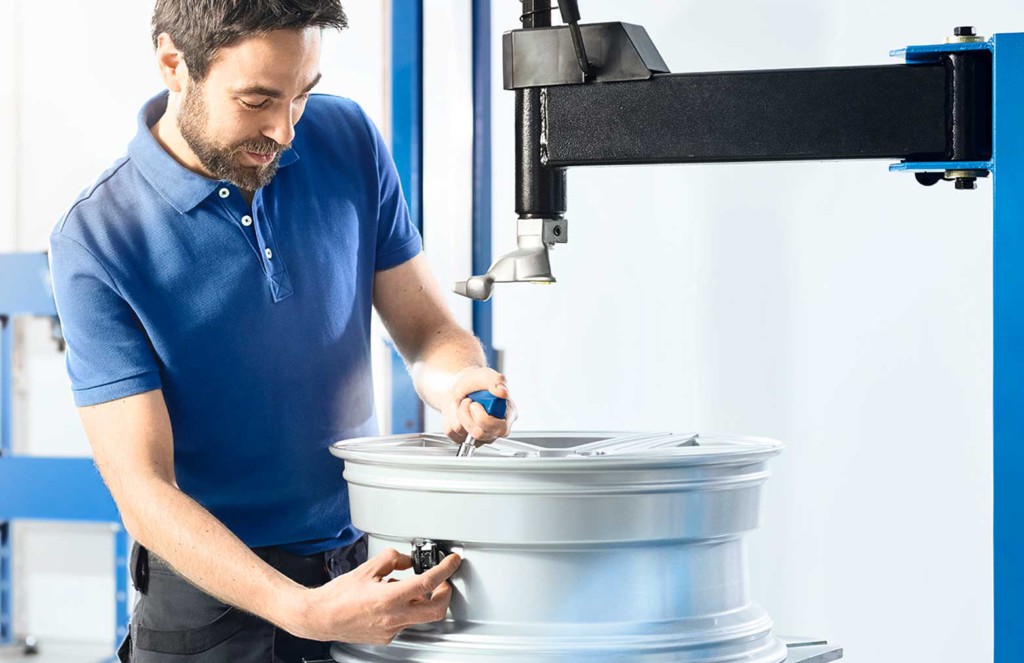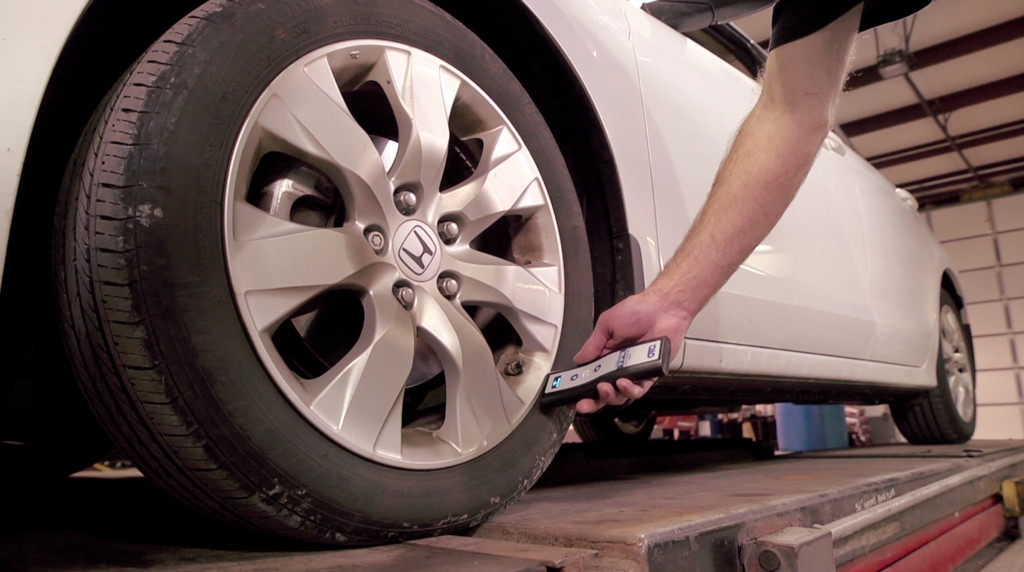Just five REDI-Sensor TPMS sensors give you coverage for most TPMS-equipped passenger vehicles, SUVs, cross overs, and light trucks on the road today.
With the REDI-Sensor TPMS Installer Kit, you can have each of the REDI-Sensor TPMS sensors on hand in your shop. That means you’ll be ready to service the majority of the vehicles that come into your shop - without waiting for parts deliveries!
Learn about the REDI-Sensor TPMS Installer Kit

Here’s what a TPMS light looks like:
This is not a dashboard warning light you can ignore or “deal with later” - and here’s why:
If your TPMS light is on, it means that at least one of your tires has lost at least 25% of of its air pressure, and driving with a seriously under-inflated tire is dangerous! The U.S. National Highway Traffic Safety Administration states that “Pressure below the recommended can cause high heat generation that in turn can cause rapid tire wear, tire blowout, and loss of vehicle control that may cause a crash.”
Driving at highway speeds with only 75% of the air your tire should have in it can cause the tire to heat up so much it can actually begin to melt! This can cause sudden, catastrophic tire failure and immediate loss of vehicle control – resulting in a vehicle crash or rollover.
What should I do if my TPMS light is on?
If your TPMS light is on, you need to pull over immediately, determine which tire is low and change it – or have a service pro change it for you. Then, get that tire repaired as soon as possible. Don’t wait or try to drive to a service station – pull over as soon as safely possible and get it changed!
TIP: Always carry a tire pressure gauge in your vehicle. Some TPMS systems have a dashboard display that will show you which tire is low. However, many TPMS systems only provide the TPMS warning light. That’s why you should always carry a tire pressure gauge.
With today’s “low-profile” tires, it can be hard to see if a tire has low pressure. The tire sidewalls are so stiff that the tire doesn’t appear flat, even when the inflation may be dangerously low. A pressure gauge can tell you which tire needs to be changed.
If your TPMS light is on, don’t take it lightly. It is estimated that over 250,000 accidents are caused by under-inflated tires a year, and that more than a quarter of all injuries resulting from those accidents could have been prevented with TPMS.
If you start your vehicle and see your TPMS light flashing, then a TPMS sensor or the Tire Pressure Monitoring System is not working. You’ll need professional service diagnosis and repair. But check your tire pressures manually to make sure they’re good, even if the system is not.


How much air should I put in my tires?
One of the most common car maintenance questions drivers ask is “How much air should I put in my tires?” You can find the recommended tire pressure in your vehicle’s manual or on the ‘placard’ on the inside of your driver’s door. Always fill your tires to the recommended level.